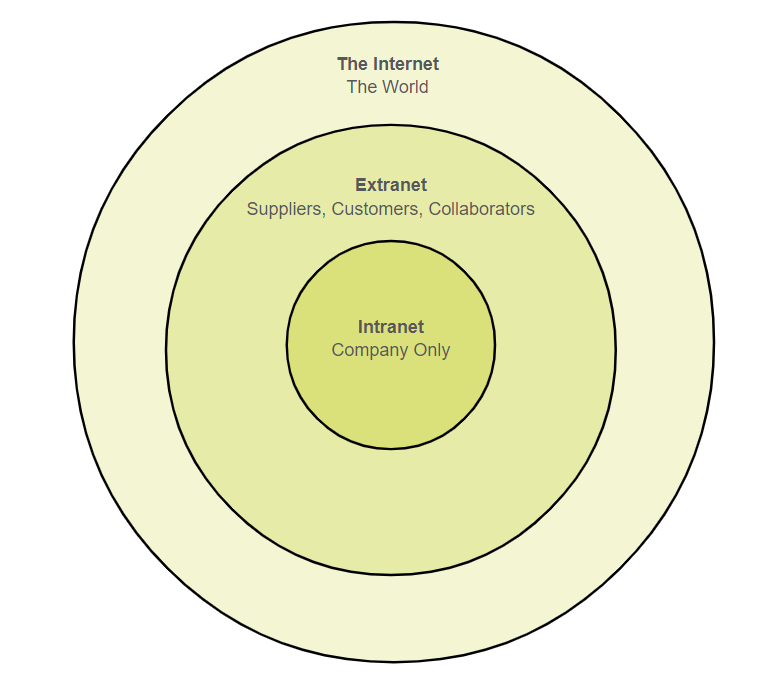Networks of Many Sizes
Now that you are familiar with the components that make up networks and their representations in physical and logical topologies, you are ready to learn about the many different types of networks.
Networks come in all sizes. They range from simple networks consisting of two computers, to networks connecting millions of devices.
Simple home networks let you share resources, such as printers, documents, pictures, and music, among a few local end devices.
Small office and home office (SOHO) networks allow people to work from home, or a remote office. Many self-employed workers use these types of networks to advertise and sell products, order supplies, and communicate with customers.
Businesses and large organizations use networks to provide consolidation, storage, and access to information on network servers. Networks provide email, instant messaging, and collaboration among employees. Many organizations use their network’s connection to the internet to provide products and services to customers.
The internet is the largest network in existence. In fact, the term internet means a “network of networks”. It is a collection of interconnected private and public networks.
In small businesses and homes, many computers function as both the servers and clients on the network. This type of network is called a peer-to-peer network.
Small Home Network
Small home networks connect a few computers to each other and to the internet.

Small Office / Home Office (SOHO) Network
The SOHO network allows computers in a home office or a remote office to connect to a corporate network, or access centralized, shared resources.
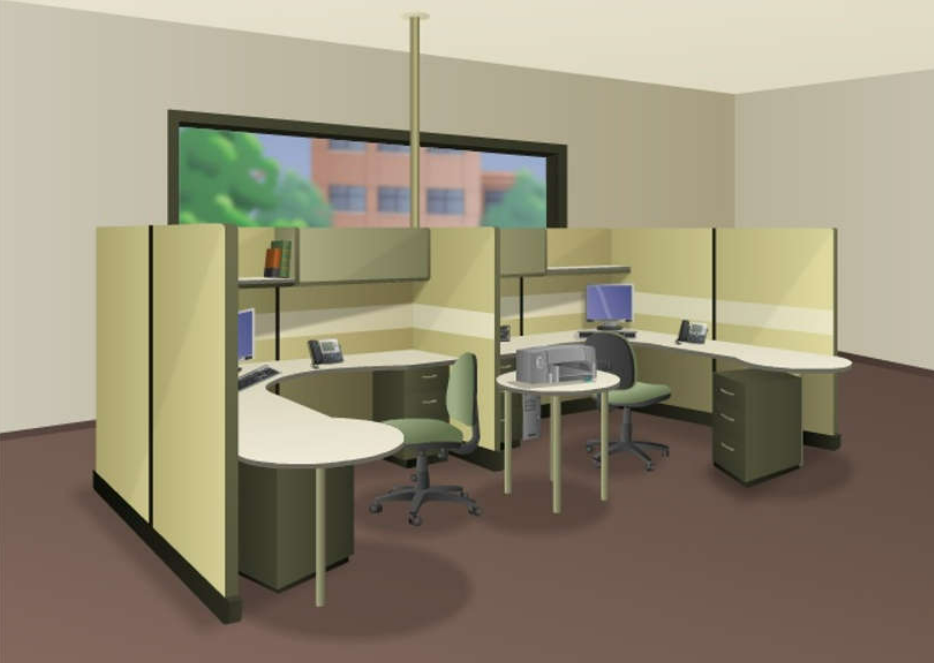
Medium to Large Network
Medium to large networks, such as those used by corporations and schools, can have many locations with hundreds or thousands of interconnected hosts.
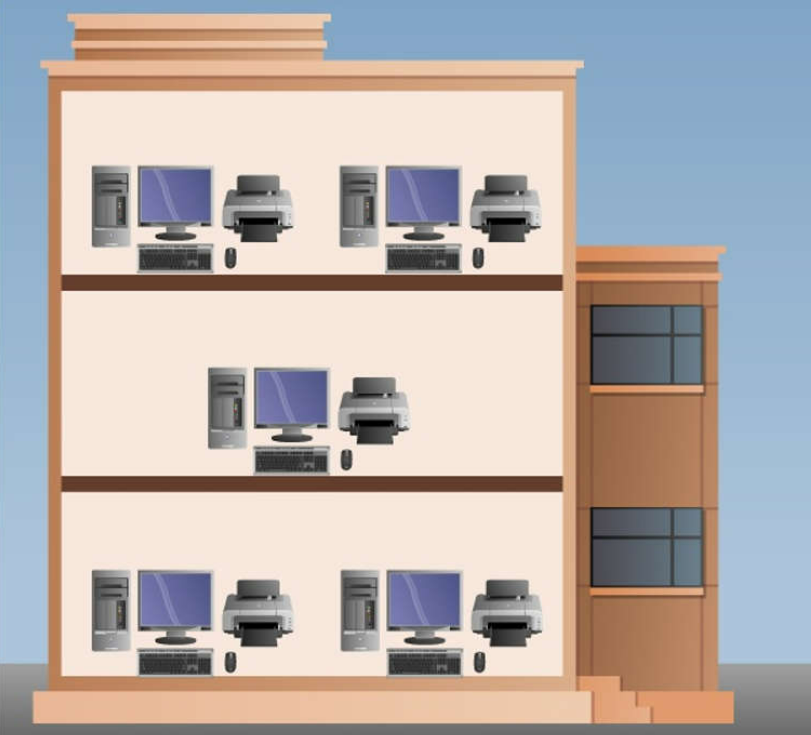
World Wide Networks
The internet is a network of networks that connects hundreds of millions of computers world-wide.

LANs and WANs
Network infrastructures vary greatly in terms of:
- Size of the area covered
- Number of users connected
- Number and types of services available
- Area of responsibility
The two most common types of network infrastructures are Local Area Networks (LANs), and Wide Area Networks (WANs). A LAN is a network infrastructure that provides access to users and end devices in a small geographical area. A LAN is typically used in a department within an enterprise, a home, or a small business network. A WAN is a network infrastructure that provides access to other networks over a wide geographical area, which is typically owned and managed by a larger corporation or a telecommunications service provider. The figure shows LANs connected to a WAN.
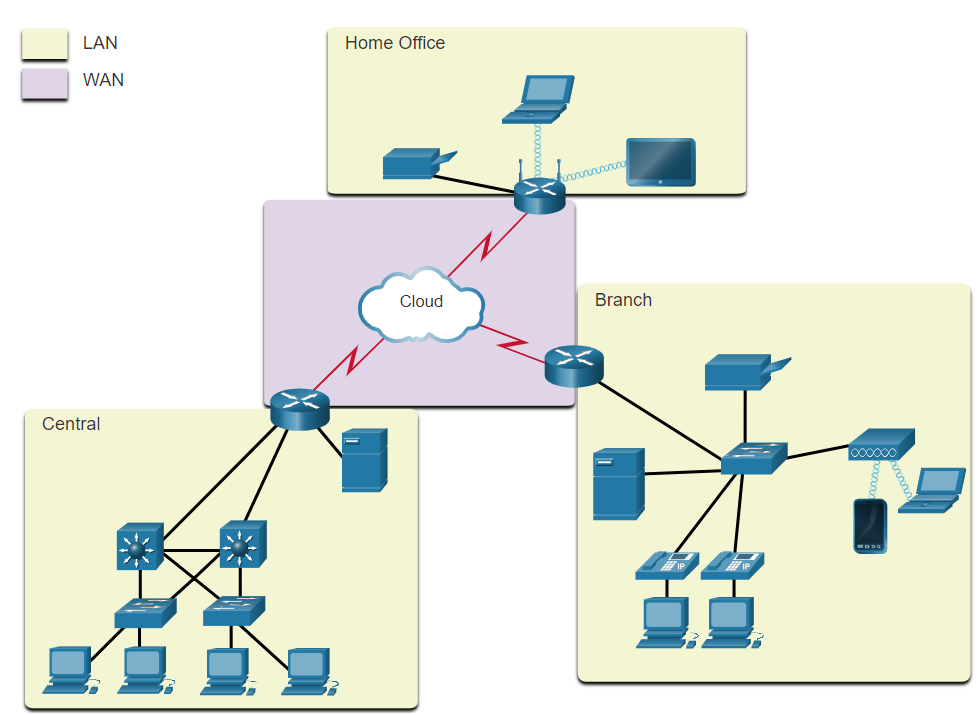
LANs
A LAN is a network infrastructure that spans a small geographical area. LANs have specific characteristics:
LANs interconnect end devices in a limited area such as a
home,school,office building, orcampus.A LAN is usually administered by a single organization or individual. Administrative control is enforced at the network level and governs the security and access control policies.
LANs provide high-speed bandwidth to internal end devices and intermediary devices, as shown in the figure.

WANs
The figure shows a WAN which interconnects two LANs. A WAN is a network infrastructure that spans a wide geographical area. WANs are typically managed by service providers (SPs) or Internet Service Providers (ISPs).
WANs have specific characteristics:
WANs interconnect LANs over wide geographical areas such as between cities, states, provinces, countries, or continents.
WANs are usually administered by multiple service providers.
WANs typically provide slower speed links between LANs.
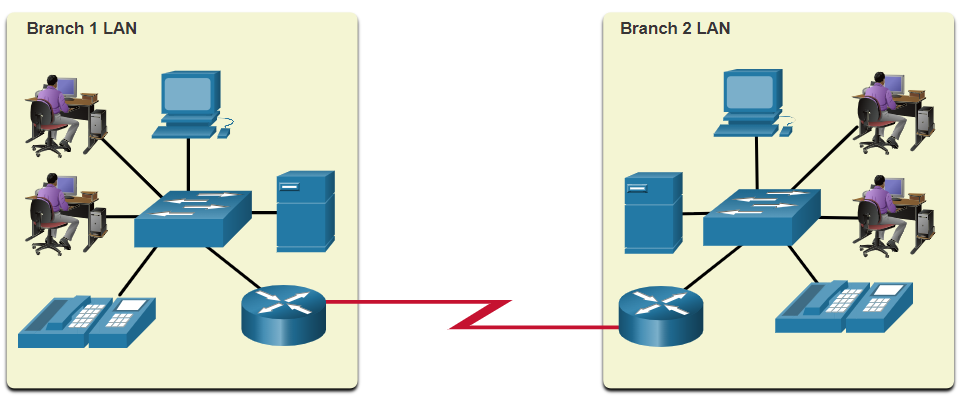
The Internet
The internet is a worldwide collection of interconnected networks (internetworks, or internet for short). The figure shows one way to view the internet as a collection of interconnected LANs and WANs.

Some of the LAN examples are connected to each other through a WAN connection. WANs are then connected to each other. The red WAN connection lines represent all the varieties of ways we connect networks. WANs can connect through copper wires, fiber-optic cables, and wireless transmissions (not shown).
The internet is not owned by any individual or group. Ensuring effective communication across this diverse infrastructure requires the application of consistent and commonly recognized technologies and standards as well as the cooperation of many network administration agencies. There are organizations that were developed to help maintain the structure and standardization of internet protocols and processes. These organizations include the Internet Engineering Task Force (IETF), Internet Corporation for Assigned Names and Numbers (ICANN), and the Internet Architecture Board (IAB), plus many others.
Intranets and Extranets
There are two other terms which are similar to the term internet: intranet and extranet.
Intranet is a term often used to refer to a private connection of LANs and WANs that belongs to an organization. An intranet is designed to be accessible only by the organization’s members, employees, or others with authorization.
An organization may use an extranet to provide secure and safe access to individuals who work for a different organization but require access to the organization’s data. Here are some examples of extranets:
A company that is providing access to outside suppliers and contractors
A hospital that is providing a booking system to doctors so they can make appointments for their patients
A local office of education that is providing budget and personnel information to the schools in its district
The figure illustrates the levels of access that different groups have to a company intranet, a company extranet, and the internet.
